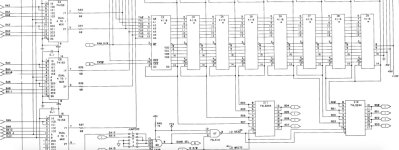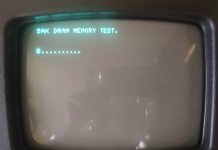Desperado
Veteran Member
- Joined
- Nov 25, 2017
- Messages
- 6,827
With 4164 tester works fine but with this equivalent 4116 not...maybe not compatible with this tester....maybe also with Pet????? I am des....Have you read the instructions for the RAM tester?
First rule of electronics - don't plug ANYTHING into ANYTHING unless you know that the parts are compatible- hence all the wasted time and effort with the 2532 and 2732 saga.
In that case, no damage was done. In another case, you might not be so lucky - especially with +12 and -5 Volts around the 4116s.
Look up the data sheets on the parts and check the pinouts, voltage levels and (if nothing else) the part description text.
Dave


